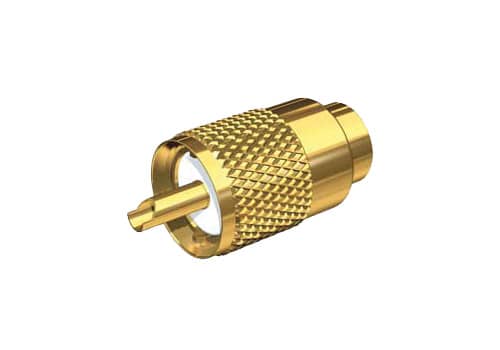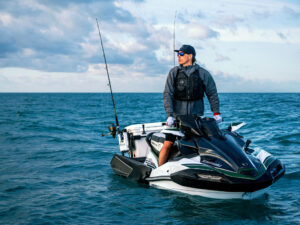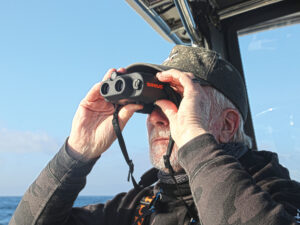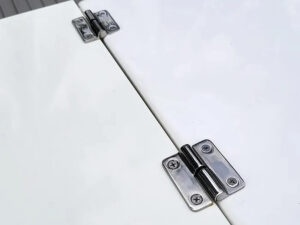
Q. I installed a new PL-259 connector on my radio antenna’s coaxial cable several times using both solder and crimp-on connectors. The problem is that, when I screw the threads of the connector’s shell onto back of the radio, it goes silent. Am I shorting out the connectors?
A. The result you describe might not necessarily indicate that you have a problem or you installed the PL-259 connector wrong. When the tip of the antenna connector is touched to the center of the radio’s antenna jack, background static is expected to be heard.
When the connector’s shell is screwed onto the radio’s antenna receptacle, a tuned circuit for the reception of VHF marine frequencies is made through the antenna, which helps to silence unwanted noise and increase the number of VHF radio frequencies.
I personally am reluctant to use the solderless crimp-on type of connectors. I have seen too many contribute to radio failure. Soldering a PL-259 radio antenna connector on an antenna cable may be a challenge if you haven’t done one before. For tips, check out the video below on how to install a PL-259 connector.
Coax Connections
There are several ways you can avoid having to install PL-259 connectors on the coaxial cables leading from a VHF antenna so you can connect it to the back of a VHF radio. Digital Antenna has several VHF antennas that do not require you to install a connector. This type features a pre-assembled connector that has an outer shell that unscrews and is removed to allow the smaller-diameter connector center to easily pass through a narrow bulkhead hole not much larger than that of the cable itself. This style of removable connector is found on Digital Antenna’s Gold Series 8-foot 529-VW/VB ($322) and 4-foot 528-VW/VB ($229) models.
Extension Solutions
Most VHF antennas come with 20 feet of coax cable. When that’s insufficient to reach your radio, there is an easy way to extend cable lengths without having to solder on connectors to make an extension cable.
Sea-Dog is one of several manufacturers of coax radio antenna cables with pre-assembled PL-259 connectors on both ends of the cables. Cable lengths range from 2 to 50 feet. A PL-258 double-end female adapter will mate the male PL-259 connectors on the antenna and extension cables together easily without the need for assembly or soldering. Marine electronics dealers should also be able to provide custom lengths in pre-assembled extension cables for you.
Pass-Through Problems
Passing cables with connectors already installed through decks, bulkheads and instrument dashes can be done without the need to cut off and install a new PL-259 connector. Cable Clams from Blue Sea Systems, Thru-Dex fittings from Newmar and Deck Seals fittings from ScanStrut are special fittings that allow you to pass a cable with a connector attached through a deck or dash yet make a water-tight seal around the cable when installed. They are available in various sizes to fit a wide range of connector and cable diameters.
Connection Confirmed
How do you know if your antenna installation is working properly? There are tests that you can perform. Many are confused when they use an ohmmeter to determine if they installed their PL-259 connector correctly. Don’t be surprised if the meter reads a dead short. Many antennas do indicate a short with an ohmmeter, but they can have the right electrical properties at VHF frequencies. Here are two tips to confirm that your antenna and radio are working properly.
1. Use familiar but distant marine weather channels to confirm that your radio’s reception is normal. Consistent, distant two-way radio contact indicates that your radio and antenna are operating properly.
2. One of the best ways to test your radio, antenna, cable and connectors is to measure the actual power the radio delivers to your antenna. The Shakespeare ART-3 antenna and radio tester ($150) is a consumer version of a professional technician’s radio/antenna test instrument. It can be mounted near the radio and connected between the radio and antenna to confirm that both are working properly. As a bonus when using one, you actually are getting a confirmed radio check every time you press the transmit button on your microphone.









